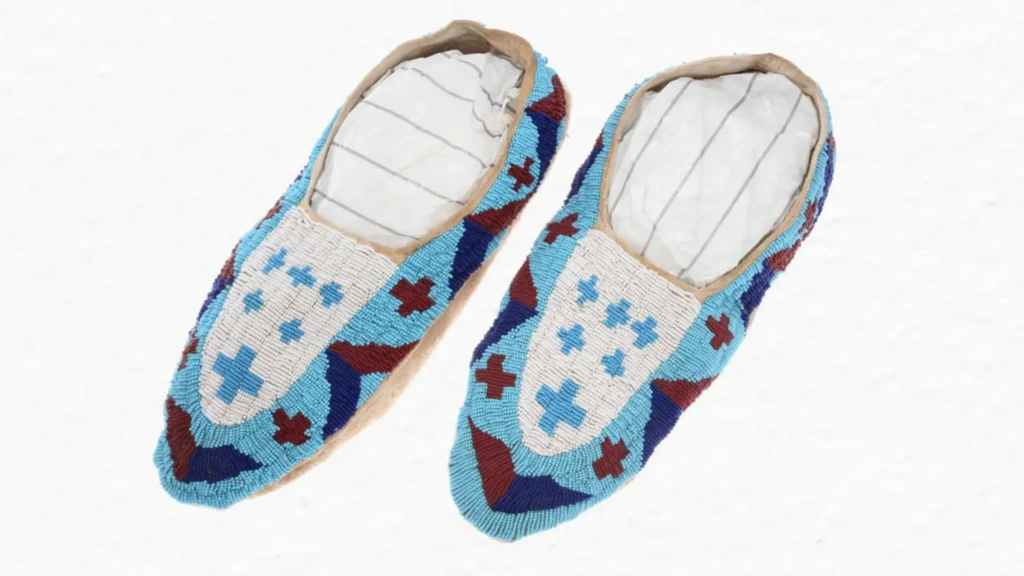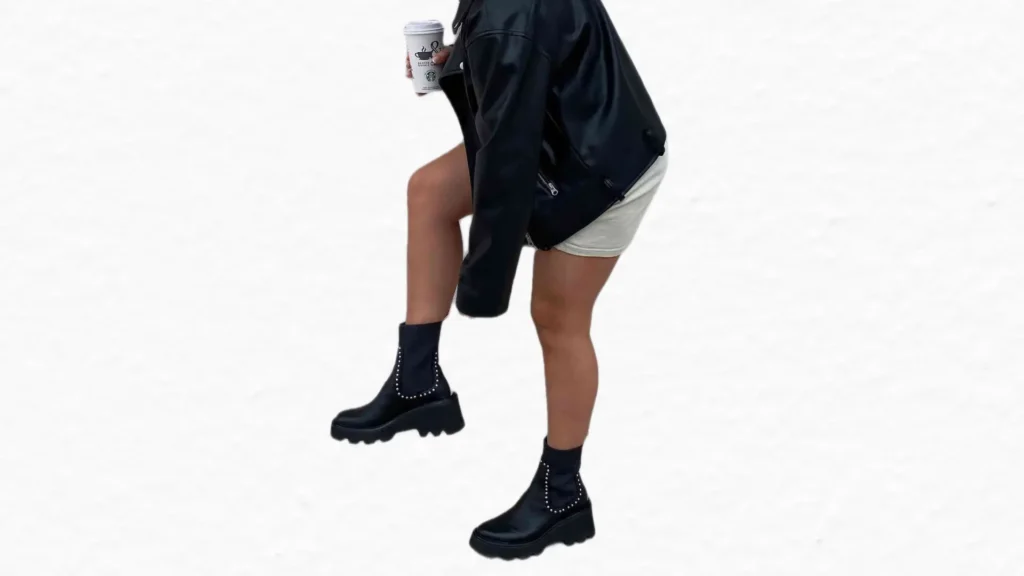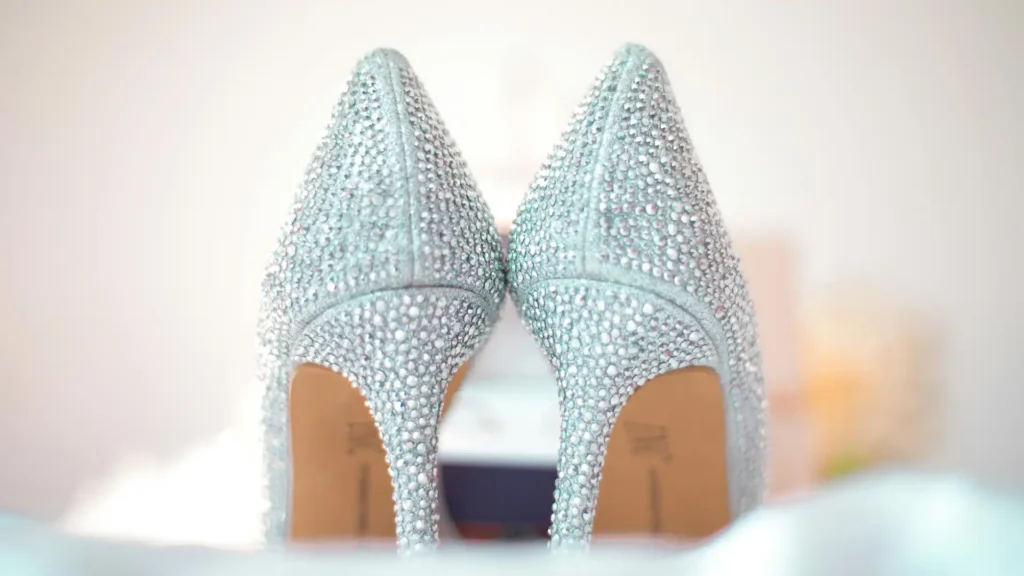Over 500 distinct Native American tribes exist across North America, each with unique traditions woven into their daily lives. Among these, beaded moccasins stand out as a vibrant symbol of culture, artistry, and identity. These intricately designed shoes carry stories, beliefs, and histories in every stitch and bead.
You might see them as mere footwear, but for Native American tribes, they are a profound expression of heritage.
The Cultural Significance of Beaded Moccasins
Beaded moccasins are more than functional shoes. They embody the spirit of Native American tribes. For centuries, tribes have used moccasins to connect with their ancestors, land, and traditions.
Each pair tells a story—sometimes of the wearer, sometimes of the tribe. They represent identity, pride, and resilience. In many tribes, moccasins are gifted during births, marriages, or coming-of-age ceremonies. They signify respect for the wearer’s journey and their place within the community.
Moccasins also reflect tribal artistry. The beadwork showcases skills passed down through generations. Women, often the primary creators, poured hours into crafting intricate designs. These designs were not random; they carried spiritual and cultural meaning.
Wearing moccasins was a way to honor the tribe’s values and the natural world. For you, they might seem beautiful crafts, but for Native Americans, they are sacred ties to their past.
How Beaded Moccasins Were Traditionally Made
Crafting moccasins was a labor of love. Native American women typically led the process, using skills honed over years.
They began by preparing animal hides, deer, elk, or moose. The hides were tanned using natural methods. This made the leather soft and durable. The tanner scraped away hair and flesh, ensuring a smooth surface.
Once the hide was ready, it was cut into patterns specific to the tribe. Some tribes favored soft-soled moccasins, ideal for forest floors. Others added hard rawhide soles for rocky terrains. The pieces were sewn together using sinew—strong, thread-like tissue from animals. Needles were made from bone or wood.
Beadwork came next. Early beads were handmade from shells, stones, or bones. Women used porcupine quills for decoration before glass beads arrived. They dyed quills with plant-based colors, red from berries or black from walnuts.
The beads or quills were sewn onto the leather in intricate patterns. Each stitch required precision, often taking days or weeks to complete a single pair. For you, this process highlights the patience and skill embedded in every moccasin.
Tribes Known for Beaded Moccasins
Many Native American tribes are renowned for their moccasin craftsmanship. The Cheyenne, Lakota, and Arapaho of the Great Plains created moccasins with bold geometric patterns. Their designs often featured vibrant colors and sturdy soles for nomadic life.
The Iroquois, from the Northeast, favored floral motifs, reflecting their connection to the woodlands. Their moccasins were soft-soled, perfect for forest trails.
The Navajo and Apache in the Southwest incorporated silver and turquoise into their designs, blending beadwork with other crafts. The Ojibwe, from the Great Lakes region, are famous for their delicate floral beadwork, often using small glass beads.
The Crow tribe, also from the Plains, crafted moccasins with intricate, symmetrical patterns that symbolized balance. Each tribe’s style is distinct, offering you a glimpse into their unique cultural identities.
Symbolism of Colors and Patterns
Every bead and color on a moccasin holds meaning. Native American tribes used patterns to convey stories, beliefs, or statuses.
Geometric shapes, like triangles or diamonds, often represented mountains or paths. Floral designs symbolized growth, life, or the beauty of nature. For example, the Ojibwe’s floral patterns honored the plants they relied on for medicine and food.
Colors carried deep significance. Red often symbolized life, blood, or courage. Blue represented the sky or water, vital for survival. White stood for purity or peace, while black could signify strength or the unknown.
Some tribes used specific colors to mark roles. Patterns might also reflect personal stories, such as a successful hunt or a spiritual vision. When you see a beaded moccasin, you’re looking at a canvas of cultural and personal expression.
Evolution of Beadwork in Moccasins
Beadwork on moccasins transformed over time. Before European contact, tribes used natural materials like shells and quills. These were labor-intensive to craft and limited in color.
The arrival of Europeans in the 17th century introduced glass beads, traded from Venice or Bohemia. These beads were smaller, brighter, and easier to work with. Tribes quickly adopted them, expanding their designs.
By the 19th century, beadwork became more intricate. Women experimented with new patterns, blending traditional motifs with modern influences. Some incorporated symbols from other tribes or European art, creating hybrid designs. The reservation era, however, brought challenges.
Limited access to materials and forced assimilation disrupted traditional practices. Yet, many artisans persisted, preserving their craft. Today, you can see both traditional and contemporary designs.
Are Beaded Moccasins Still Worn Today?
Beaded moccasins remain a vital part of Native American culture. Many Native people wear them during ceremonies, powwows, and cultural events. They are a source of pride, connecting wearers to their heritage.
Modern artisans continue to craft moccasins, blending traditional techniques with new materials. Some wear them daily, while others reserve them for special occasions.
Younger generations are also embracing moccasins. Social media platforms like Instagram showcase Native artists creating stunning designs.
Powwows, where tribes gather to celebrate, often feature moccasin competitions, highlighting their enduring appeal. For you, this shows how moccasins bridge the past and present, keeping traditions alive in a modern world.
Materials Originally Used
Traditional moccasins relied on natural resources. Hides from deer, elk, or buffalo provided the leather. These animals were hunted sustainably, with every part used.
The tanning process used natural ingredients, tree bark or animal brains, to soften the hide. Sinew, harvested from animal tendons, served as thread. Needles were crafted from bone, antler, or wood.
Beads came from shells, stones, or animal bones. Porcupine quills were a popular choice, dyed with plant extracts. For example, berries produced red, while roots yielded yellow.
These materials tied moccasins to the land, reflecting a deep respect for nature. When you hold a traditional moccasin, you’re touching materials sourced with care and reverence.
Beaded Moccasins in Ceremonies and Rituals
Moccasins play a sacred role in many Native American ceremonies. During powwows, dancers wear intricately beaded moccasins to honor their ancestors.
The designs reflect spiritual beliefs, protection or guidance. In some tribes, moccasins are part of initiation rites, symbolizing a person’s transition into adulthood or a new role.
In healing ceremonies, moccasins might be worn by medicine people, their patterns invoking spiritual power. Some tribes bury loved ones in moccasins, believing they guide the soul in the afterlife.
Gifting moccasins during weddings or naming ceremonies strengthens family bonds. For you, these uses reveal the deep spiritual weight moccasins carry in Native traditions.
Can Non-Native People Wear Moccasins Respectfully?
Non-Native people can wear or buy beaded moccasins, but respect is key. Over 80% of Native American artisans emphasize the importance of understanding the cultural context.
Avoid treating moccasins as mere fashion items. Learn about the tribe and artist behind the pair. Purchasing directly from Native artisans ensures authenticity and supports their communities.
Avoid wearing moccasins in sacred settings, like ceremonies, unless invited by the tribe. Be mindful of mass-produced imitations, which often exploit Native designs without giving credit. Instead, seek out authentic pieces and appreciate their cultural significance. By doing so, you honor the artistry and heritage embedded in each pair.
Beaded moccasins are a testament to Native American ingenuity and resilience. Each pair carries centuries of tradition, from the tanning of hides to the stitching of beads. They reflect tribal identities, spiritual beliefs, and artistic mastery. For you, they offer a window into the rich cultures of tribes.




